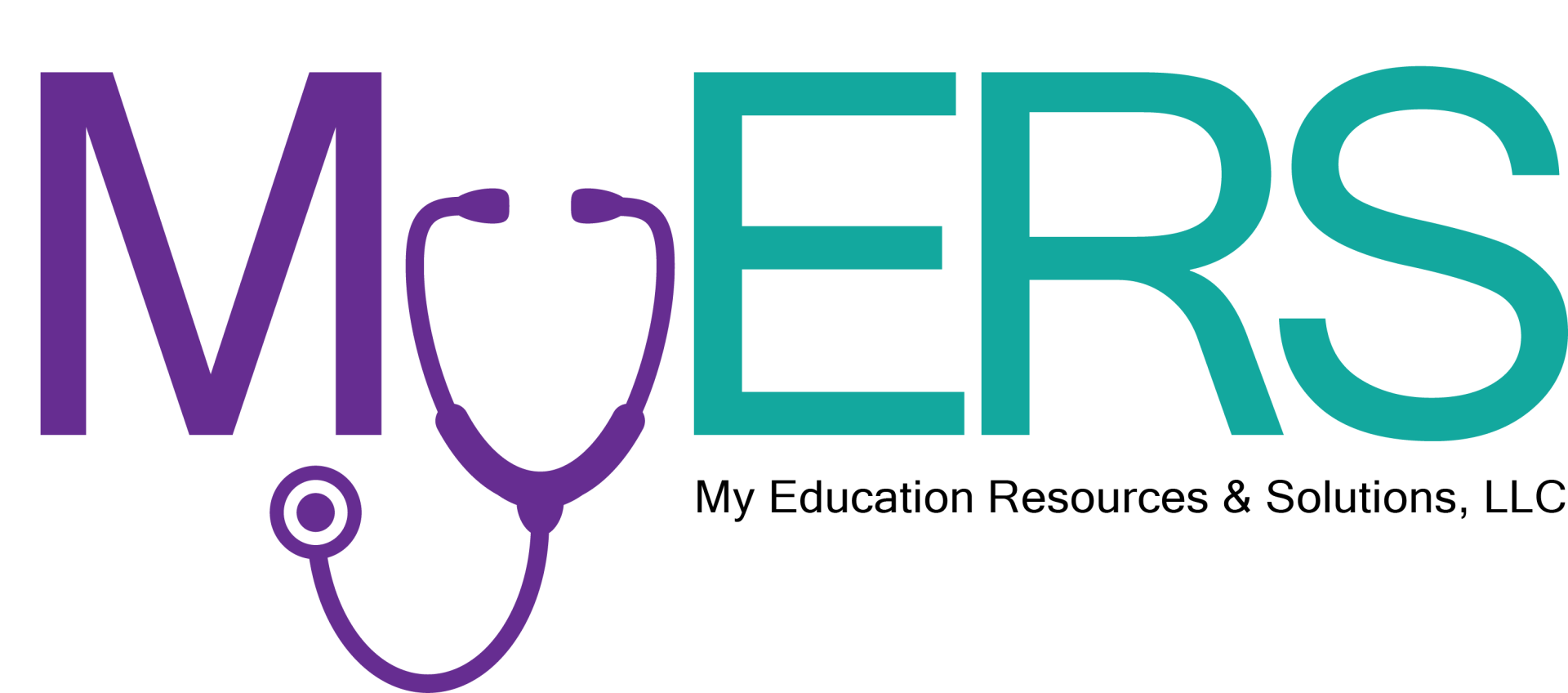Climate-Resilient Nursing: Preparing for Healthcare's Environmental Future
Aug 8

Climate-Resilient Nursing
Preparing for Healthcare's Environmental Future
Last summer, when temperatures in Phoenix reached 118°F for 31 consecutive days, emergency nurse Linda Fernando noticed something unprecedented. Her usual patient flow patterns had completely changed. Instead of the typical mix of trauma and medical emergencies, her department was overwhelmed with heat-related illnesses, elderly patients with exacerbated COPD from poor air quality, and children with severe asthma triggered by wildfire smoke that had drifted hundreds of miles from California.
"I realized that climate change wasn't some distant concern," Fernando reflects. "It was fundamentally changing who was walking through our doors and why."
Fernando's experience mirrors what nurses across the globe are witnessing as climate change transforms healthcare delivery. From Hurricane Ian's devastating impact on Florida hospitals to Europe's record-breaking heat waves overwhelming emergency departments, climate change is reshaping nursing practice in ways that demand immediate attention and long-term preparation.
The Health Impact Data
The numbers tell a stark story. According to the Lancet Countdown on Health and Climate Change, extreme weather events resulted in 70 billion additional hours of heat exposure among people over 65 in 2021 compared to 1986-2005 averages. The World Health Organization estimates that climate change causes approximately 250,000 additional deaths annually from malnutrition, malaria, diarrhea, and heat stress.
For nurses, these statistics translate into concrete changes in patient populations and care demands. Emergency departments report 10-15% increases in visits during extreme weather events. Respiratory conditions worsen during wildfire seasons, with some regions seeing 30% increases in asthma-related admissions when air quality reaches unhealthy levels.
The American Nurses Association has recognized these trends, issuing position statements on climate change and health since 2017 and calling for nurses to become leaders in climate resilience planning.
Expanding Nursing Roles in Climate Health
Several new nursing specializations are emerging in response to climate health challenges:
Climate Health Coordinators: These nurses work within health systems to develop heat wave response protocols, air quality monitoring systems, and extreme weather emergency preparedness plans. They coordinate between clinical departments, facilities management, and community emergency services.
Environmental Health Nurses: While this specialty has existed for decades, climate change has expanded its scope dramatically. These nurses now focus on helping communities adapt to changing disease patterns, extreme weather events, and environmental health threats.
Disaster Response Nurses: Climate change has intensified the frequency and severity of natural disasters. Specialized disaster nursing roles have expanded beyond traditional emergency response to include recovery planning, community resilience building, and long-term population health monitoring after climate-related events.
Community Resilience Nurses: These nurses work directly with vulnerable communities to build capacity for climate adaptation, focusing on populations most at risk during extreme weather events.
Practical Applications in Current Practice
Nurses across specialties are already adapting their practice to address climate-related health impacts:
Emergency Nursing: Developing triage protocols for mass heat illness events, stocking additional IV fluids during heat waves, and creating cooling protocols for patients with hyperthermia.
Community Health Nursing: Mapping vulnerable populations for extreme weather events, developing medication storage guidance for patients during power outages, and creating air quality alert systems for patients with respiratory conditions.
Occupational Health Nursing: Developing heat safety protocols for outdoor workers, monitoring air quality impacts on employee health, and creating evacuation procedures for facilities in fire-prone or flood-prone areas.
Pediatric Nursing: Educating families about air quality impacts on children's developing lungs, creating asthma action plans that include environmental triggers, and developing heat safety guidelines for school nurses.
Geriatric Nursing: Creating heat wave safety protocols for elderly patients, developing medication refrigeration backup plans, and training staff to recognize heat-related illness in older adults who may not present with typical symptoms.
Technology and Innovation
Climate-responsive nursing is driving technological innovation in healthcare:
Air Quality Monitoring: Many health systems now integrate real-time air quality data into their electronic health records, allowing nurses to proactively reach out to high-risk patients during poor air quality days.
Heat Warning Systems: Automated alert systems notify nurses when temperatures reach dangerous levels, triggering cooling center activation and high-risk patient check protocols.
Mobile Health Applications: Apps help patients monitor air quality, receive heat wave warnings, and access emergency cooling locations. Nurses help patients navigate these tools and interpret the information.
Predictive Analytics: Some health systems use weather and environmental data to predict patient volume increases during extreme weather events, helping with staffing and resource planning.
Economic and Policy Implications
Climate change is creating significant economic pressures on healthcare systems, though precise cost estimates vary across different studies and analyses. Healthcare facilities face increased operational costs during extreme weather events, from higher energy usage for cooling systems to increased patient volumes during heat waves and poor air quality days.
These economic pressures are beginning to influence policy discussions at various levels of government. Federal agencies are increasingly recognizing the connection between climate change and health outcomes, with initiatives emerging across multiple departments.
The Infrastructure Investment and Jobs Act, passed in 2021, includes provisions for improving healthcare facility resilience, though specific funding allocations for climate-related improvements continue to be developed and implemented at the state and local levels.
Healthcare reimbursement policies are also evolving to address climate-related health needs. While comprehensive changes are still in development, there is growing recognition that preventive interventions and community preparedness efforts may require new reimbursement models to support effective climate health responses.
These policy developments create opportunities for nurses to contribute their expertise to facility planning, emergency preparedness protocols, and community resilience initiatives as healthcare systems adapt to climate-related challenges.
Professional Development Opportunities
Nurses interested in climate health can pursue several professional development pathways:
Climate Health Certificate Programs: Organizations like the Global Consortium on Climate and Health Education offer certificate programs specifically designed for healthcare professionals.
Disaster Nursing Certification: The International Association for Healthcare Security and Safety Management offers certification in healthcare emergency management.
Public Health Training: Many public health programs now offer climate health specializations that welcome nurses with clinical backgrounds.
Research Opportunities: The National Institute of Environmental Health Sciences funds research on climate health topics, creating opportunities for nurses to contribute to the evidence base.
Challenges and Barriers
Integrating climate health into nursing practice faces several obstacles:
Knowledge Gaps: Many nurses lack basic knowledge about climate health connections, having been educated before these topics were included in curricula.
Resource Limitations: Adding climate health protocols and equipment strains already tight healthcare budgets.
Competing Priorities: In busy clinical environments, long-term climate preparedness can seem less urgent than immediate patient care needs.
Policy Lag: Healthcare regulations and reimbursement policies often lag behind emerging needs, making it difficult to fund climate health initiatives.
The Moral Imperative
Beyond professional requirements, many nurses view climate health as a moral imperative aligned with nursing's commitment to social justice and population health. Climate change disproportionately affects vulnerable populations - children, elderly adults, people with chronic diseases, and low-income communities - groups that nursing has traditionally advocated for and served.
The concept of "climate justice" resonates with nursing's values, recognizing that those least responsible for climate change often suffer its worst health consequences.
Looking Forward
Climate change will continue to reshape healthcare delivery and nursing practice over the coming decades. Sea level rise threatens coastal healthcare facilities. Changing precipitation patterns alter vector-borne disease distribution. Extreme weather events disrupt supply chains and damage healthcare infrastructure.
Nurses who develop climate health expertise position themselves at the forefront of healthcare adaptation efforts. These skills will become increasingly valuable as health systems recognize the need for climate-resilient care delivery.
The future of nursing includes a fundamental responsibility to understand and address the health impacts of environmental change. This represents both a challenge and an opportunity to expand nursing's impact on population health and community resilience.
Climate-resilient nursing isn't just about preparing for future challenges - it's about responding to current realities that are already transforming healthcare. The question for nursing professionals isn't whether climate change will affect their practice, but how quickly they can develop the knowledge and skills needed to provide excellent care in our changing world.
Contact
-
My Education Resources and Solutions, LLC
-
PO Box 39566
Greensboro, NC 27438 -
hello@myerscomplete.com
-
(336) 988-7076
Become a member
Your gateway to advanced, cloud-based CE solutions.

